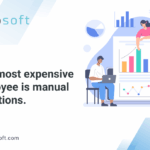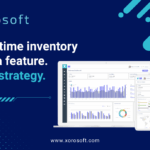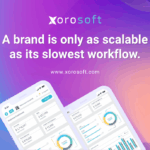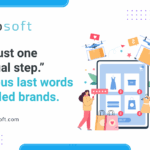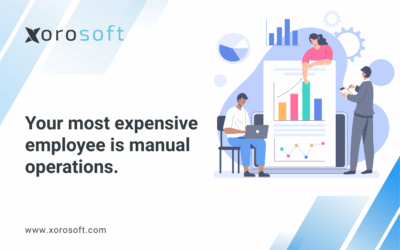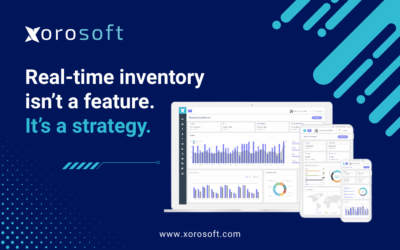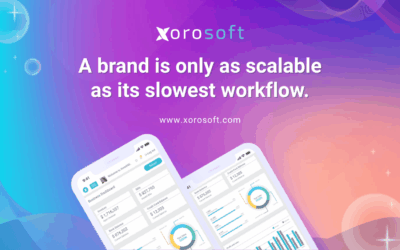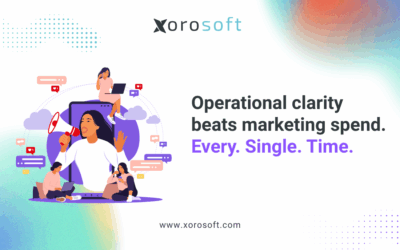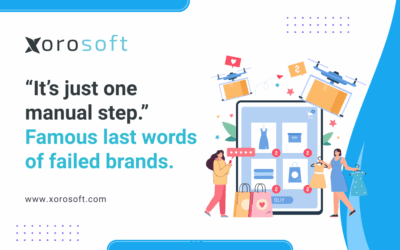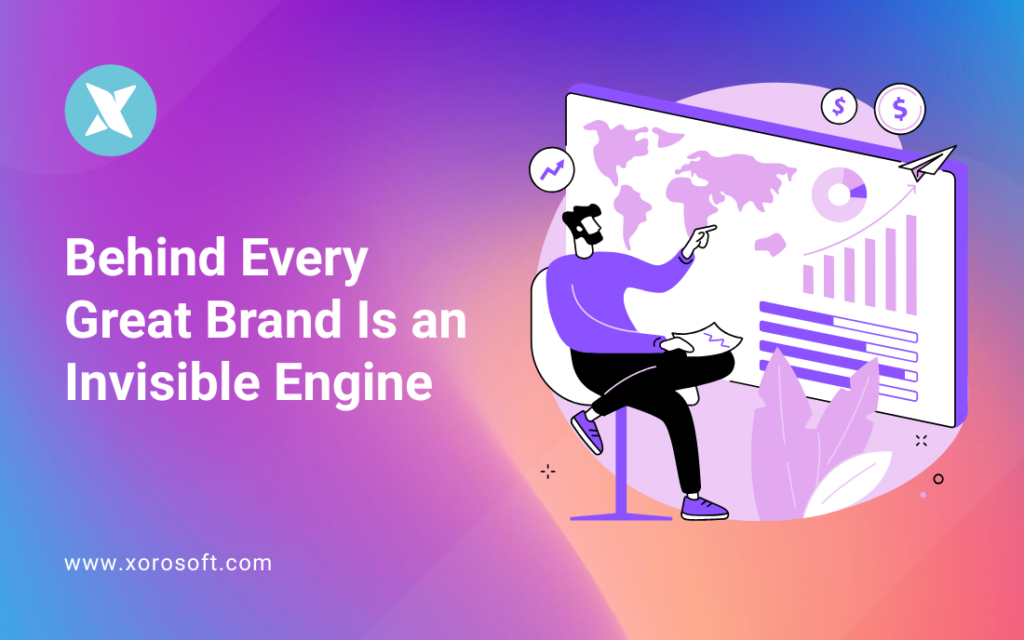
Why ERP for Ecommerce Brands Unlocks Founder Time
ERP for ecommerce brands is not just software; it’s how modern founders reclaim time for brand growth. Therefore, you can design better products, tell your story, and expand into new channels without drowning in busywork. However, as sales increase, complexity multiplies. Consequently, spreadsheets pile up, warehouse counts drift, and inbox fires erupt before breakfast.
As a result, the work that once felt creative turns into routine crisis management. Ultimately, the issue isn’t your ambition; it’s the foundation underneath it. Specifically, you need an ERP for ecommerce brands that makes the engine behind your storefront almost invisible, so your energy returns to growth.
Common Operational Frictions ERP for Ecommerce Brands Solve
Growth often exposes problems that were always there. Moreover, these frictions rarely show up as a single catastrophe; instead, they nibble away at time and margin.
Disconnected systems. Shopify, Amazon, accounting, and the warehouse rarely speak the same language; consequently, sync errors creep in.
Manual fixes. Teams repeatedly edit orders, re-key invoices, and reconcile inventory; therefore, throughput drops.
Inventory blind spots. Without a single source of truth, overselling and stockouts appear; in turn, customer trust erodes.
Delayed insights. When reporting lags by weeks, decisions arrive late; as a result, opportunities pass.
Team misalignment. Finance, operations, and procurement track different numbers; consequently, accountability blurs.
Individually, each friction seems small. However, together they slow every decision, every shipment, and every dollar. Hence, leaders adopt an ecommerce ERP system to replace guesswork with clarity.
Automation With an Ecommerce ERP System Turns Chaos Into Control
Modern brands don’t scale by adding more people to manual work. Instead, they scale by letting systems do the heavy lifting. Accordingly, an ERP connects your catalog, orders, inventory, purchasing, fulfillment, and finance in real time.
Once connected, orders sync instantly across channels; furthermore, inventory updates across locations without delay. Pickers receive accurate, prioritized tasks; consequently, mis-picks vanish. Finance sees COGS and margins immediately; therefore, planning improves. Ultimately, your team stops chasing data and starts shaping outcomes.
Seven Practical Actions to Build Your Invisible Engine
Because transformation can feel abstract, let’s keep it concrete. Below are seven actions high-performing teams use to replace chaos with clarity—no table, just clear steps.
1) Centralize your data. First, connect sales, warehouse, and accounting in one ERP. As a result, numbers match and disputes shrink.
2) Automate recurring work. Next, remove manual order edits, purchase approvals, and reconciliations. Consequently, cycle time drops.
3) Create real-time visibility. Then, surface inventory, fulfillment, and cash flow on live dashboards. Therefore, decisions speed up.
4) Standardize operations. After that, use consistent SKUs, PO templates, and costing rules. Accordingly, data accuracy rises.
5) Align every department. Meanwhile, give finance, ops, and sales one shared truth. Hence, meetings become shorter and sharper.
6) Track the right KPIs. Specifically, monitor pick accuracy, order cycle time, cash conversion, and inventory turnover. As a result, improvement compounds.
7) Scale confidently. Finally, add channels or warehouses without chaos, because your core processes already run automatically.
Each step reinforces the others. Consequently, your back office grows so reliable that it fades from daily attention, and your ERP for ecommerce brands becomes a quiet profit driver.
A Brand That Moved From Backlogs to Momentum
Before adopting ERP, a DTC apparel brand handling 1,000+ orders a day lived in constant backlog. Consequently, order errors hovered around 5%, and Shopify inventory lagged behind the warehouse for hours. Therefore, customer experience suffered, and ops morale sank.
After implementing Xorosoft ERP, the picture changed quickly. Within 60 days, pick accuracy reached 99.7%; moreover, order cycle time fell by 38%. Meanwhile, finance gained same-day margin visibility, and the team reclaimed over 30 hours per week. Ultimately, the engine didn’t just improve—it became invisible.
Five Days to Make Real Progress Without Disruption
Because a big overhaul can feel daunting, start with a focused week. Consequently, you’ll earn momentum while reducing risk.
Day 1 – Audit your tools. Map disconnected systems and duplicated steps; therefore, you’ll see the real bottlenecks.
Day 2 – Define success. Choose 3–5 KPIs—pick accuracy, order cycle time, cash conversion, margin visibility, and inventory turnover. Accordingly, every decision points at outcomes.
Day 3 – Automate one workflow. For example, automate order syncing or invoice posting; consequently, manual touches drop immediately.
Day 4 – Align the teams. In addition, publish one daily dashboard for finance and operations; hence, debates shift to action.
Day 5 – Choose your ERP. Evaluate platforms built for commerce; specifically, Xorosoft ERP integrates natively with Shopify, so onboarding is smooth.
By week’s end, you’ll feel less firefighting and more flow. Moreover, you’ll know exactly where the next win lives.
Visibility Is the Real ROI of ERP
Time savings matter; however, the real return comes from seeing reality in real time. When your ecommerce ERP system displays accurate data continuously, you prevent costs before they appear. Consequently, you forecast better, buy smarter, and fulfill faster.
In short, visibility compounds. Therefore, the sooner you connect the dots, the sooner every decision starts paying you back.
Questions Founders Ask While They Scale
What does “invisible operations” actually mean?
It means the backend updates itself. Consequently, orders, stock, and financials flow without constant supervision.
Do smaller stores truly need ERP?
Yes. Once you sell on multiple channels, manual management collapses. Therefore, a scalable ERP for ecommerce brands like Xorosoft ERP becomes essential.
How long does implementation take?
Typically 30–60 days. Moreover, because Xorosoft ERP is cloud-based, onboarding avoids downtime.
How should we measure success?
Track fewer errors, shorter order cycles, faster month-end close, and clearer cash conversion. Consequently, you’ll see margin improvement and happier customers.
Turn Your Back Office Into a Growth Advantage
If your team still spends more time fixing problems than fueling growth, now is the moment to rebuild the foundation. Therefore, choose an ERP for ecommerce brands that makes operations invisible, reliable, and ready for scale.
✨ Explore Xorosoft ERP on Shopify — connect Shopify, accounting, and warehouses in real time.
⭐ See why users rate Xorosoft #1 in Ease of Use on G2 — discover how effortless scaling can be.
🚀 Book a Demo Today — experience the invisible engine behind fast-growing ecommerce brands.
Once your systems work quietly in the background, your brand can finally move boldly in the foreground.
